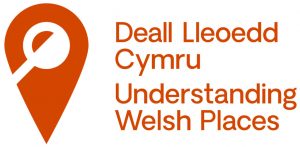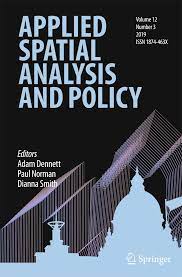Overview
Understanding Welsh Places is a website that aims to be the first point of call for statistical information about towns and communities in Wales.
A significant proportion of people in Wales live in towns and small communities. Too often, however, such places are overlooked by public policy. While targeted funding exists for city regions and rural development, there is nothing specific to towns. There is also a lack of data about towns available in one easy to use place that can be used to inform policy development and to evidence existing good practice.
Attempting to address this issue, the Carnegie UK Trust and the Institute of Welsh Affairs, along with representatives from the public, private and third sectors, the Centre for Local Economic Strategies and the team at WISERD, have developed the Understanding Welsh Places website.
On this website you will find useful data and geographical information about your town or local area to help you identify opportunities for your community. The graphics, maps and guidance will help you to explore the data you need to make a difference in the place where you live or work.
The website highlights the places in Wales that are most like your village, town or community. Exploring the similarities and contrasts might give you ideas for your place, or you can share examples of your best practice with others.
This website includes information about every place in Wales with 1,000 or more residents; that’s more than 300 places in total. More detailed statistics and analysis have been undertaken for places with more than 2,000 residents.
More information about the project is available on the Understanding Welsh Places web pages.
Understanding Welsh Places Webinar 2021
Interview with Professor Scott Orford, Cardiff University
Professor Scott Orford from Cardiff University explains how the Understanding Welsh Places website presents useful data and geographical information about your town or local area. It can help you to identify opportunities for your community and understand the relationships between your area and other places nearby. It also allows local community and civil society groups to learn more about the places in which their members live, work and spend their leisure time.






